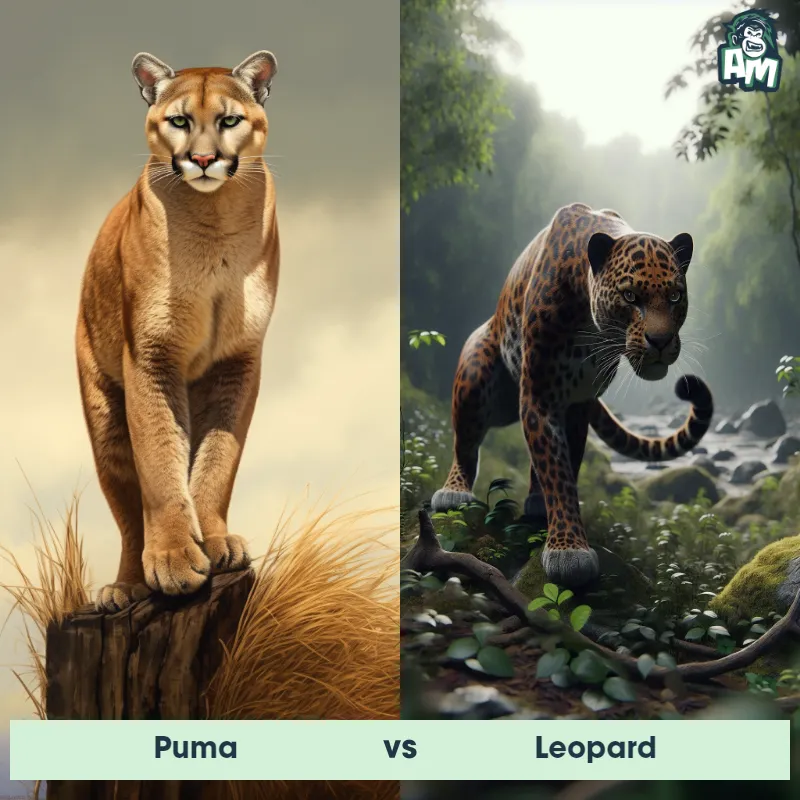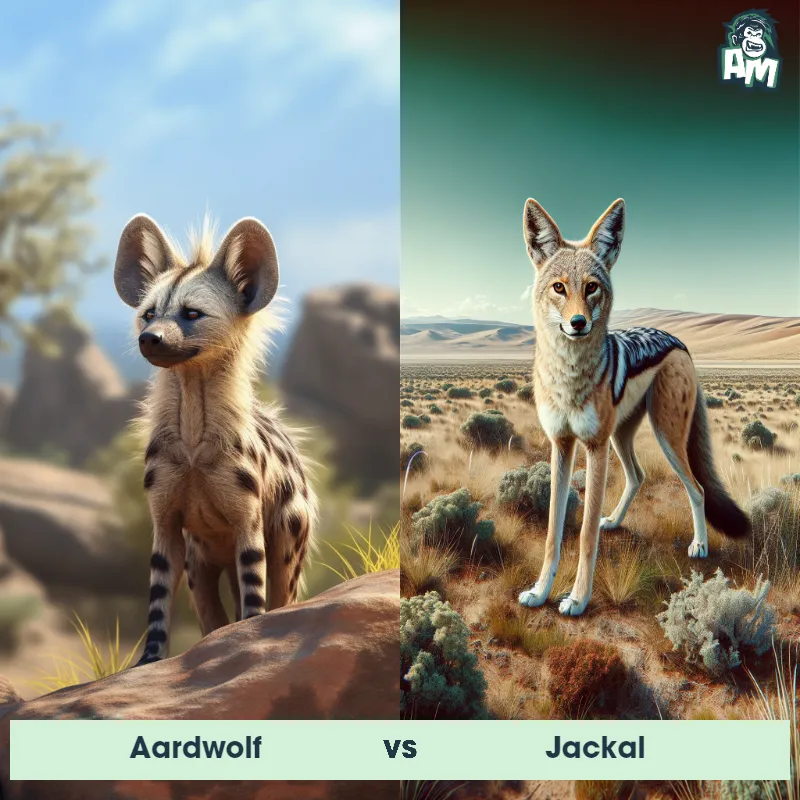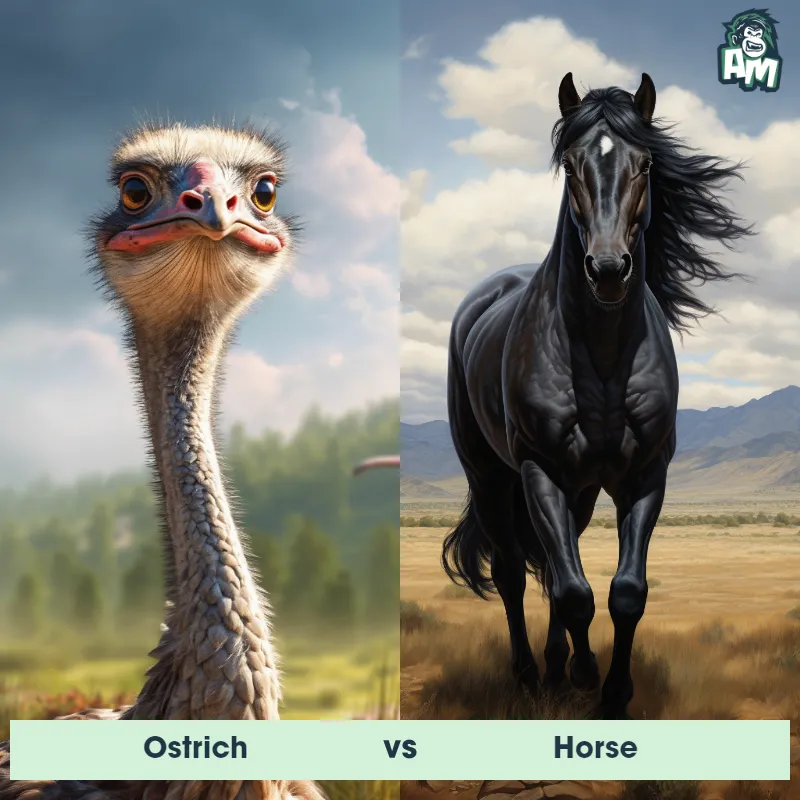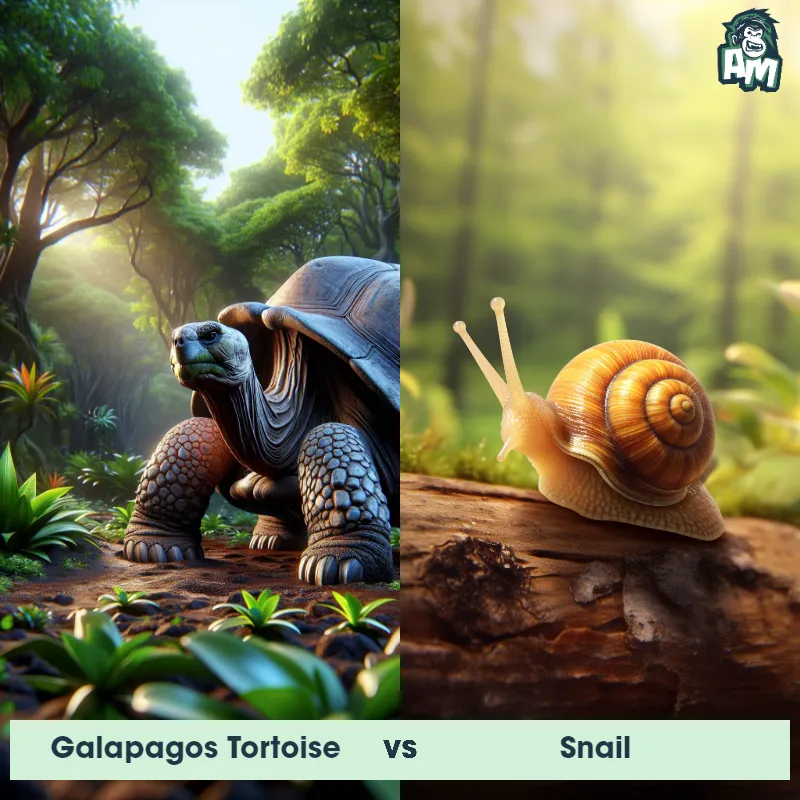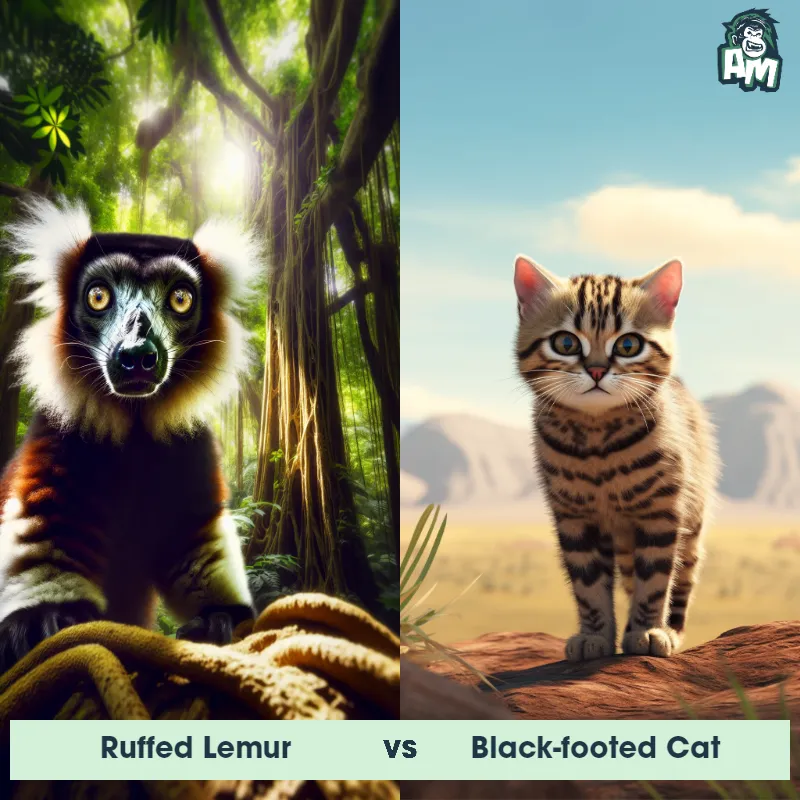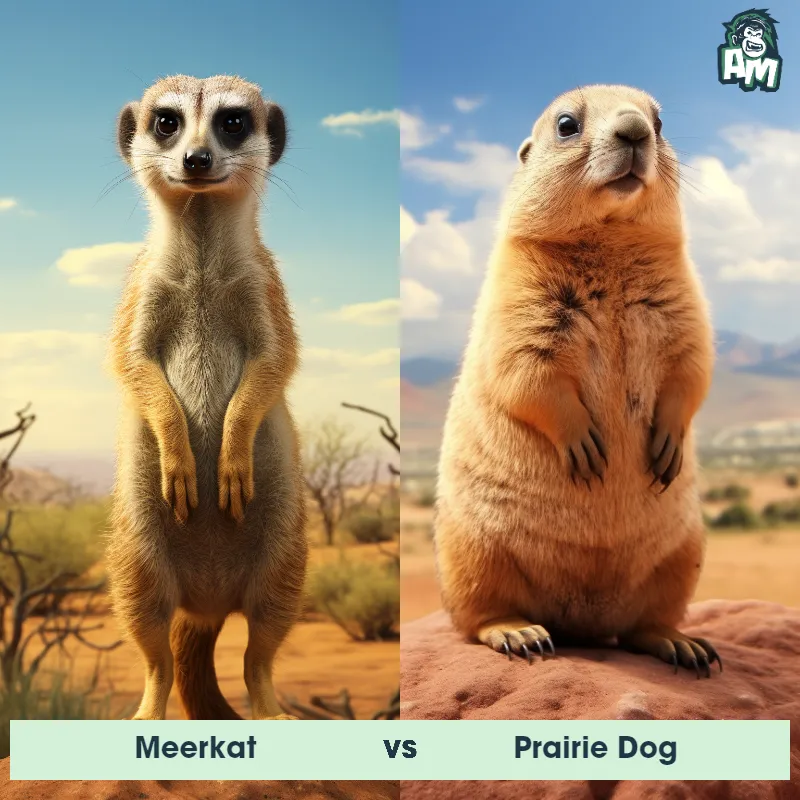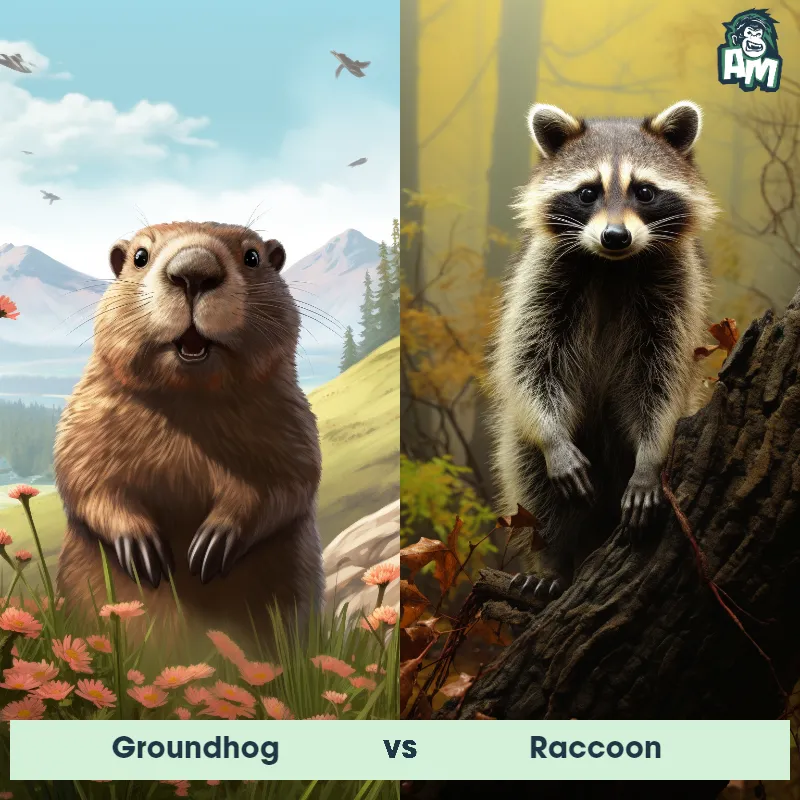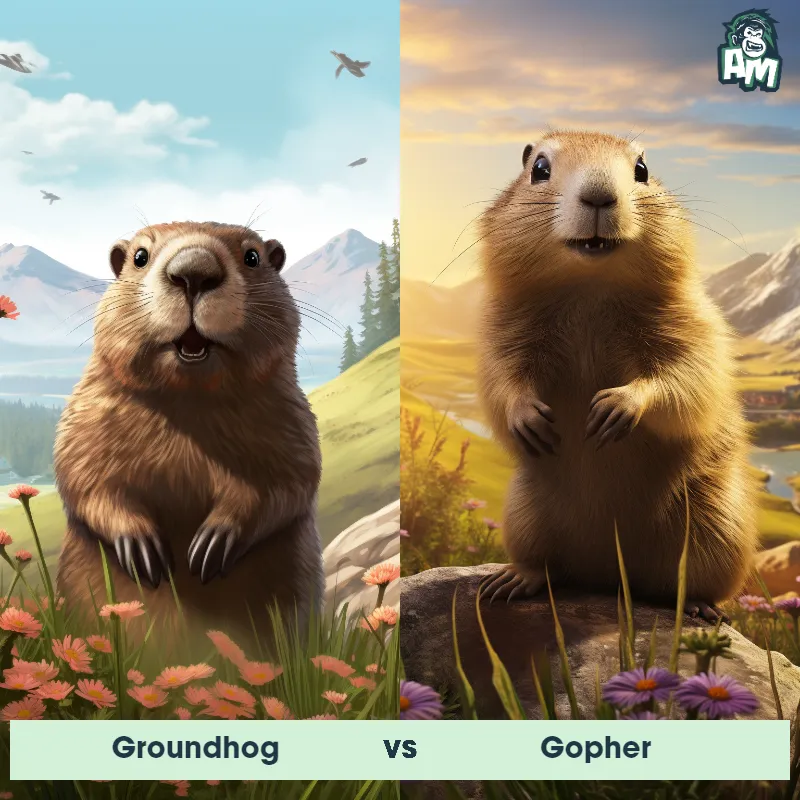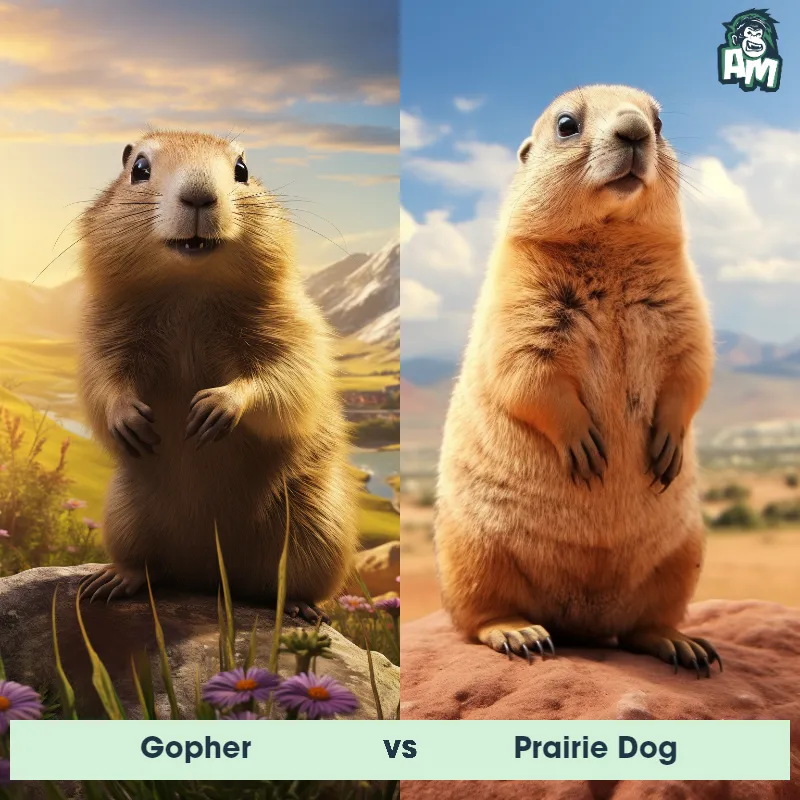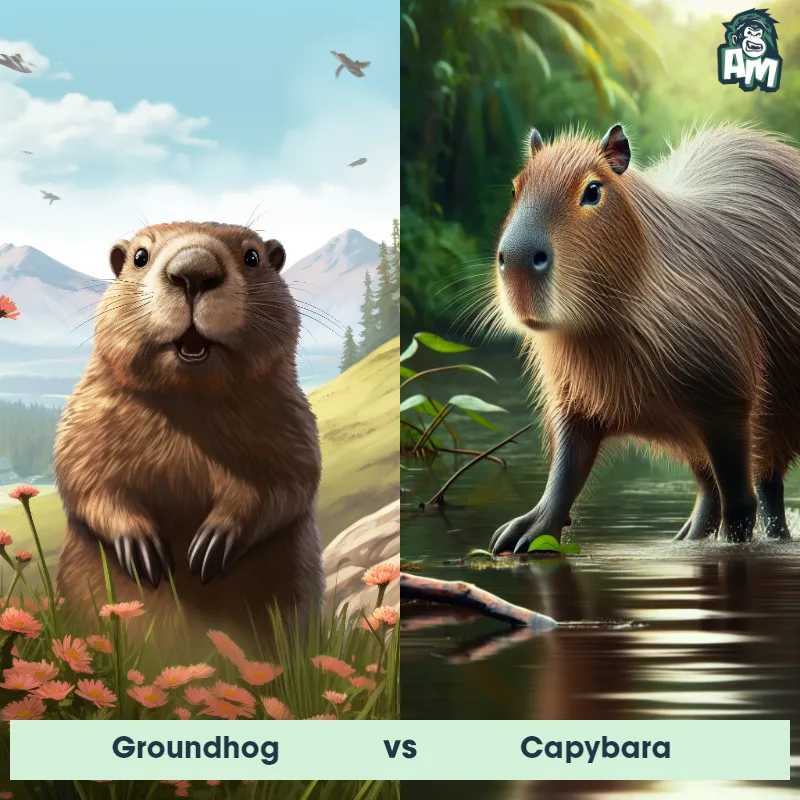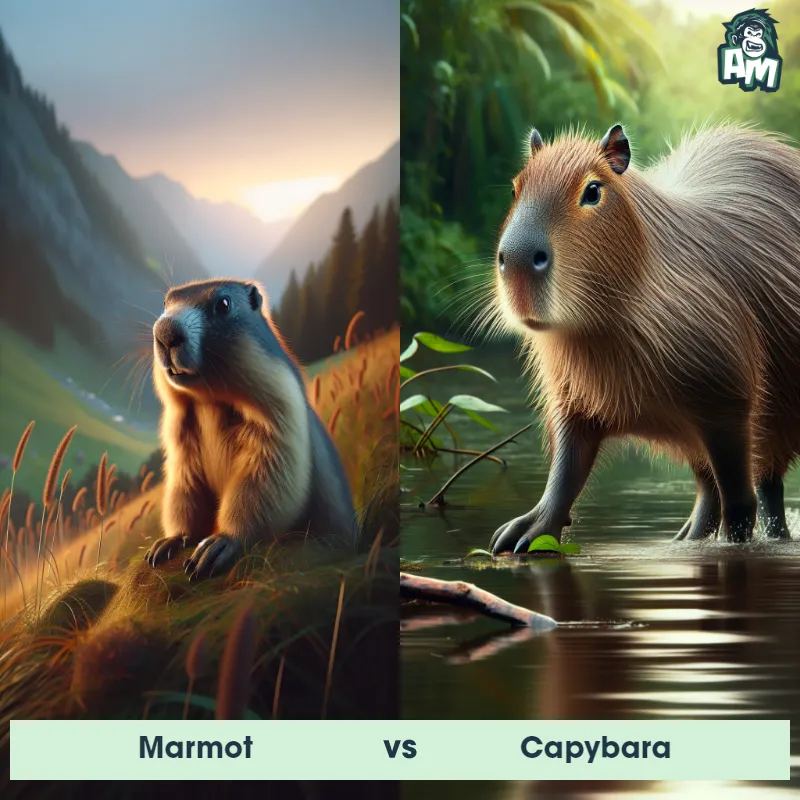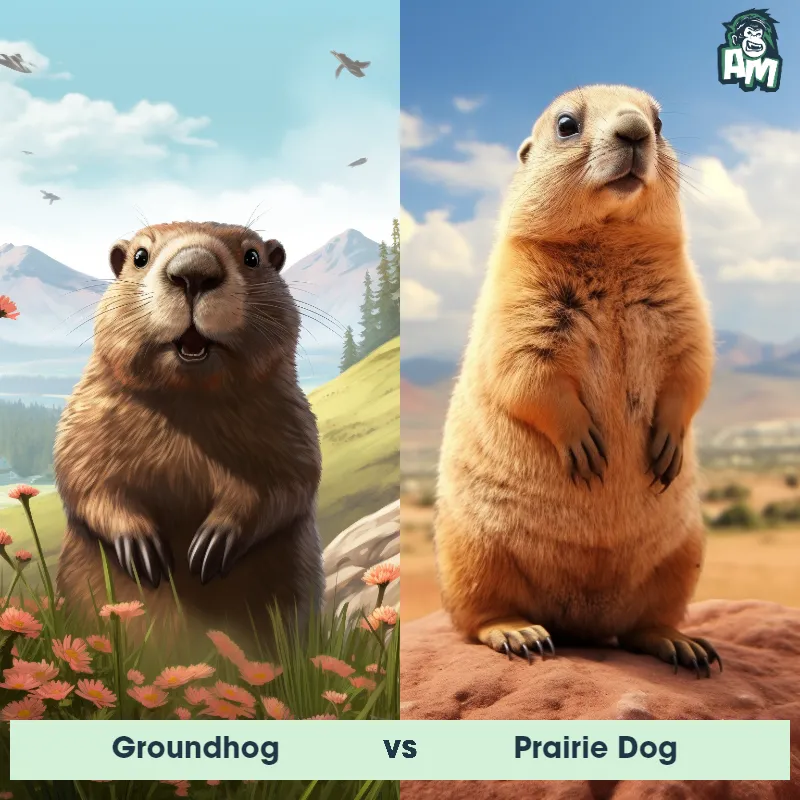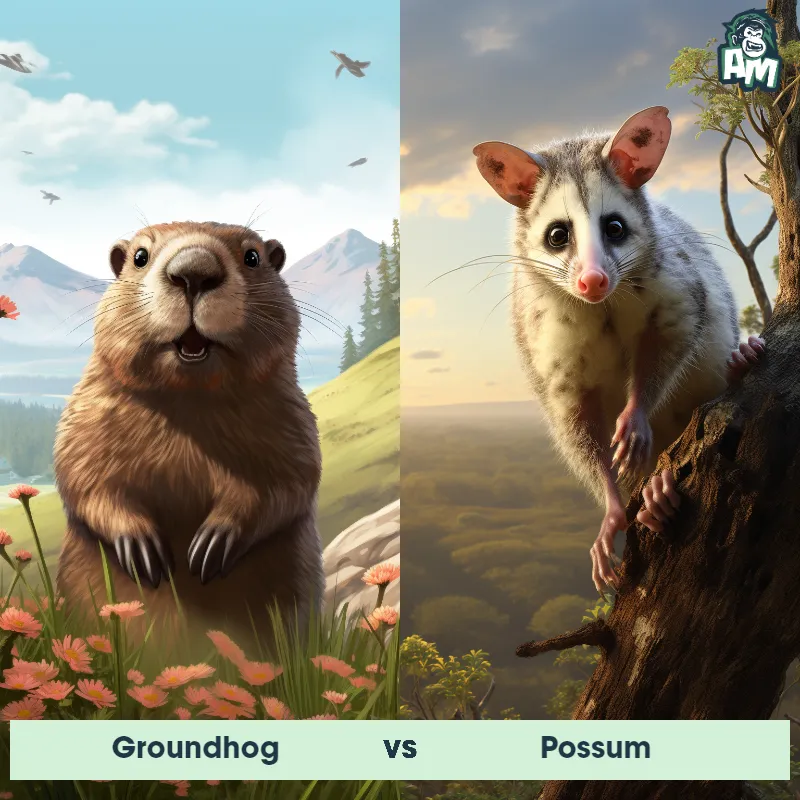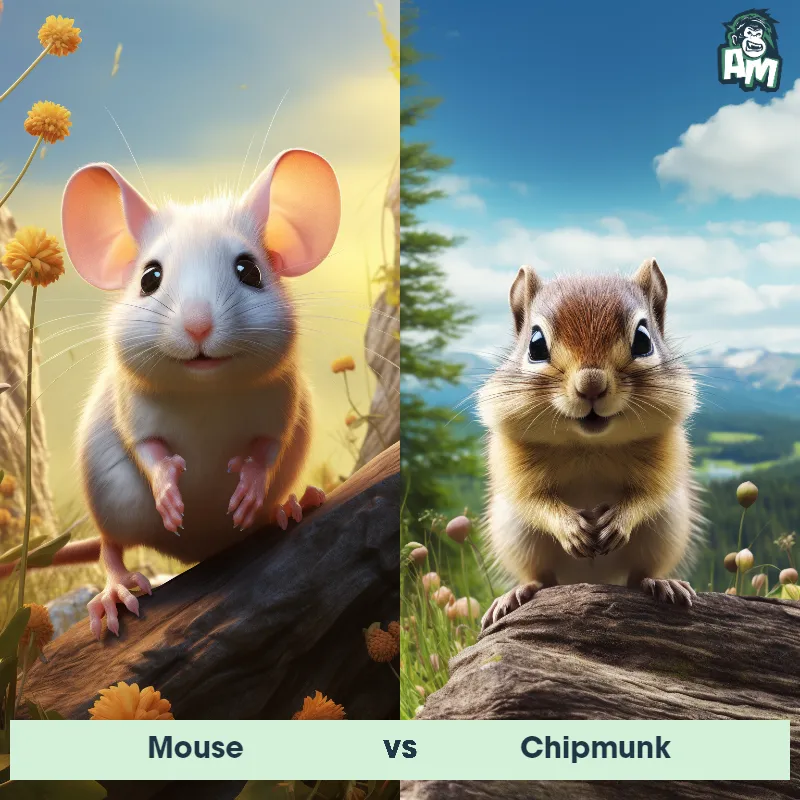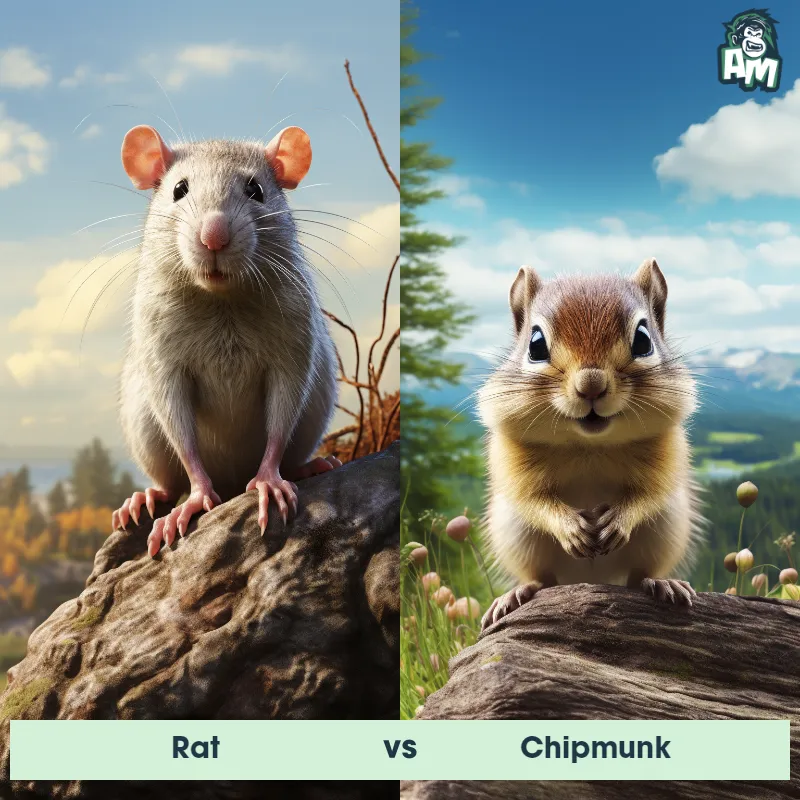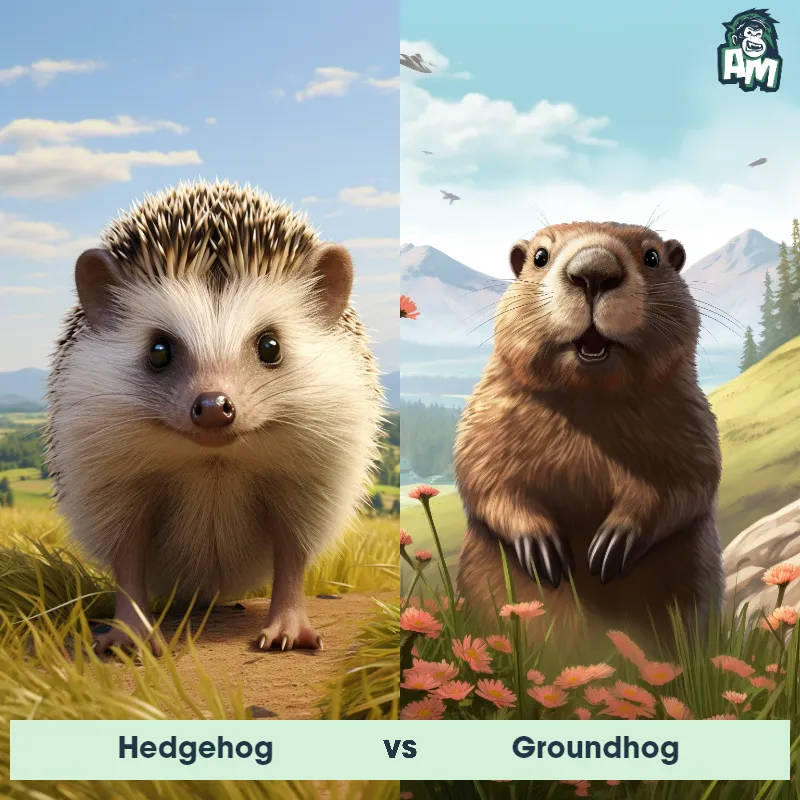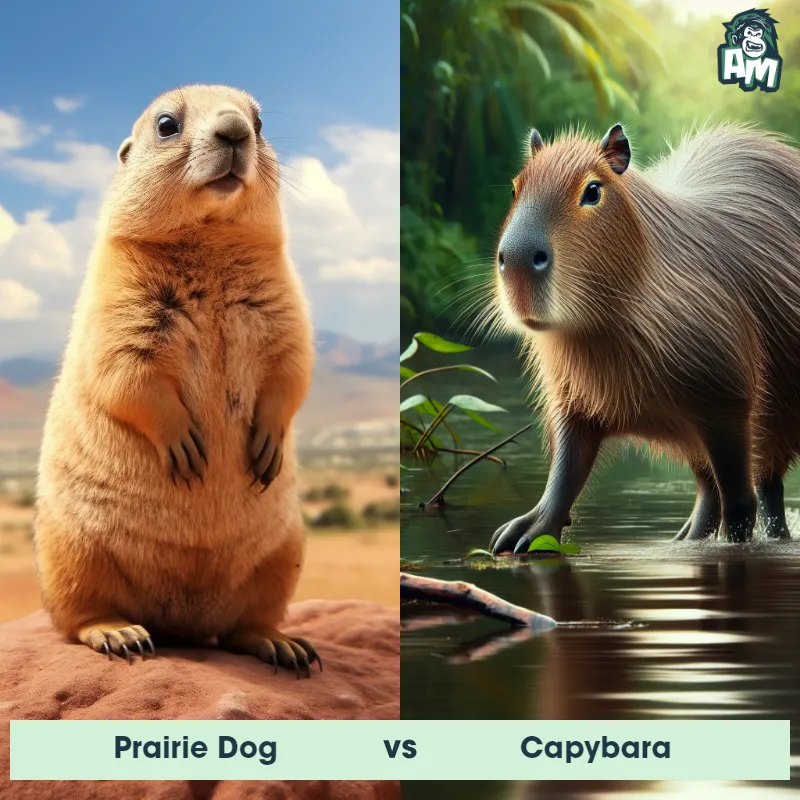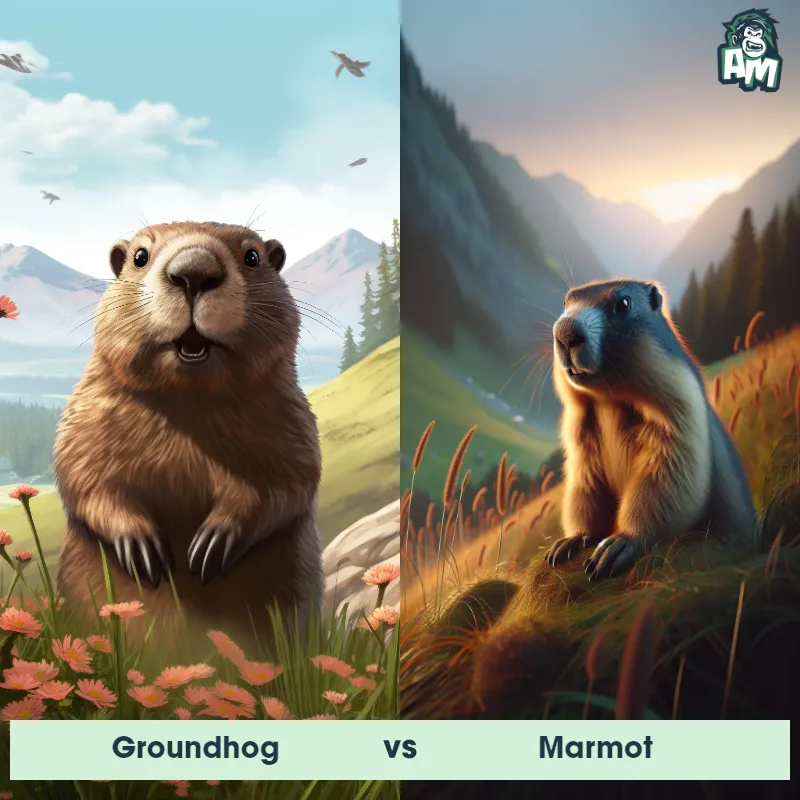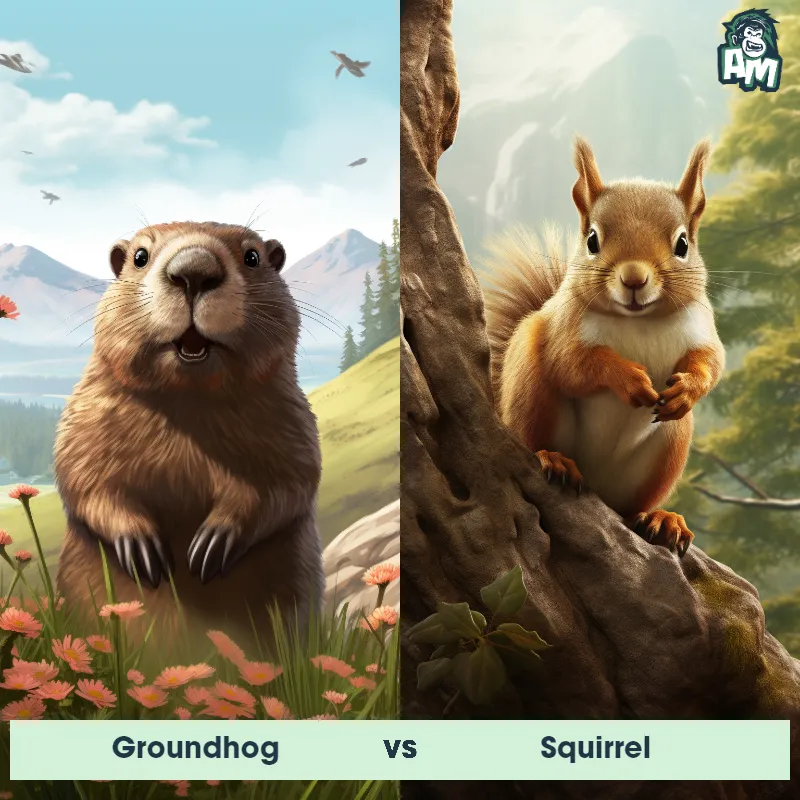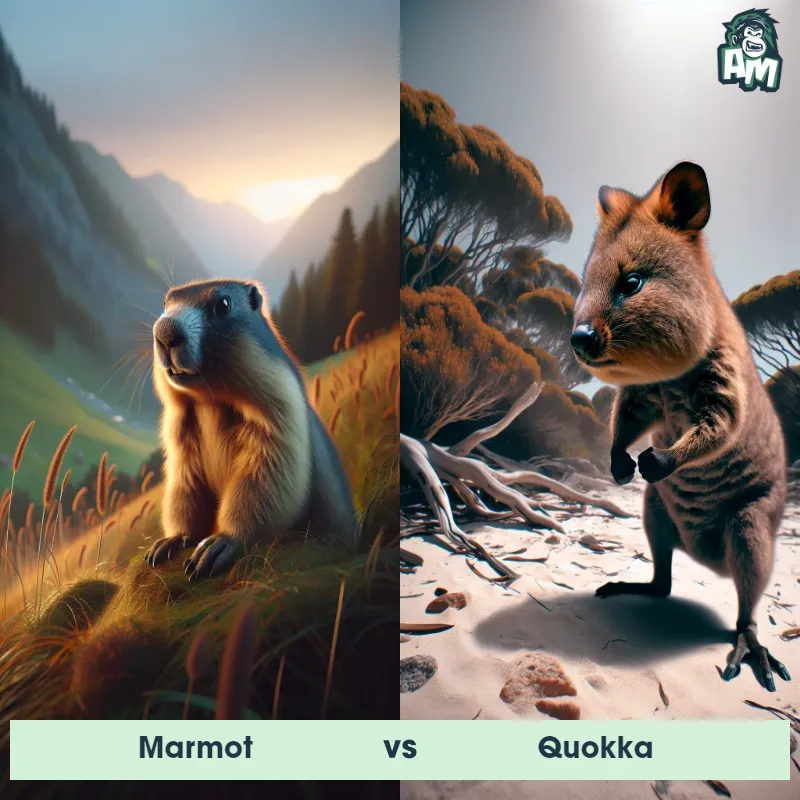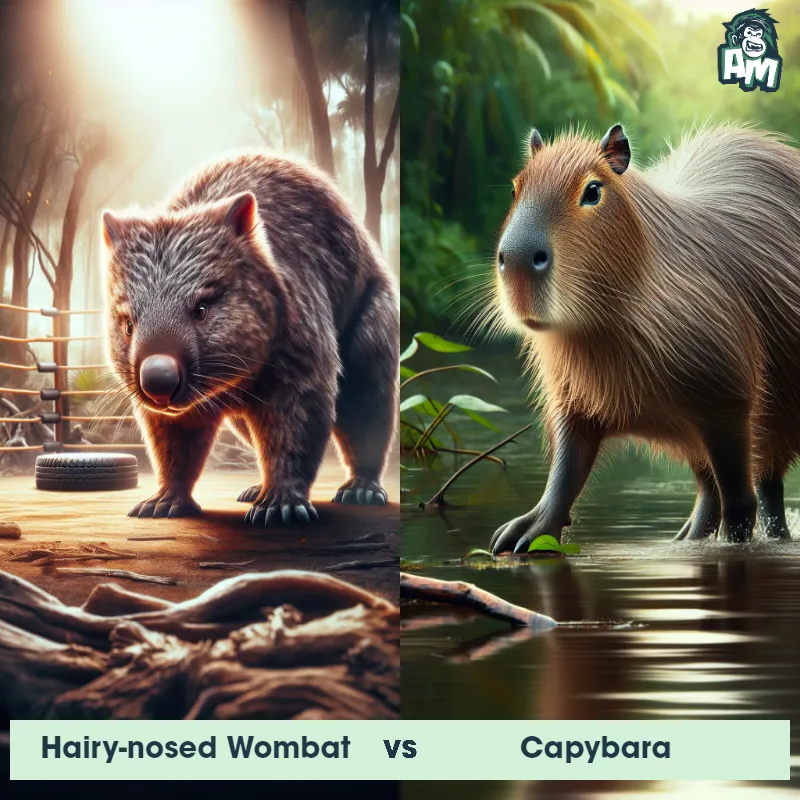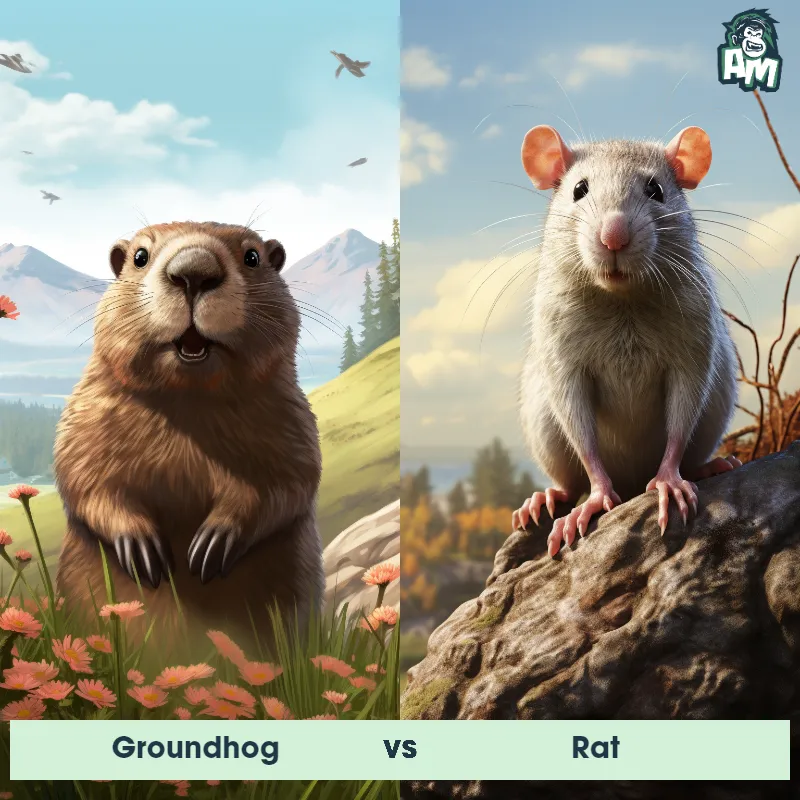Hairy-Nosed Wombat vs GroundhogSee Who Wins
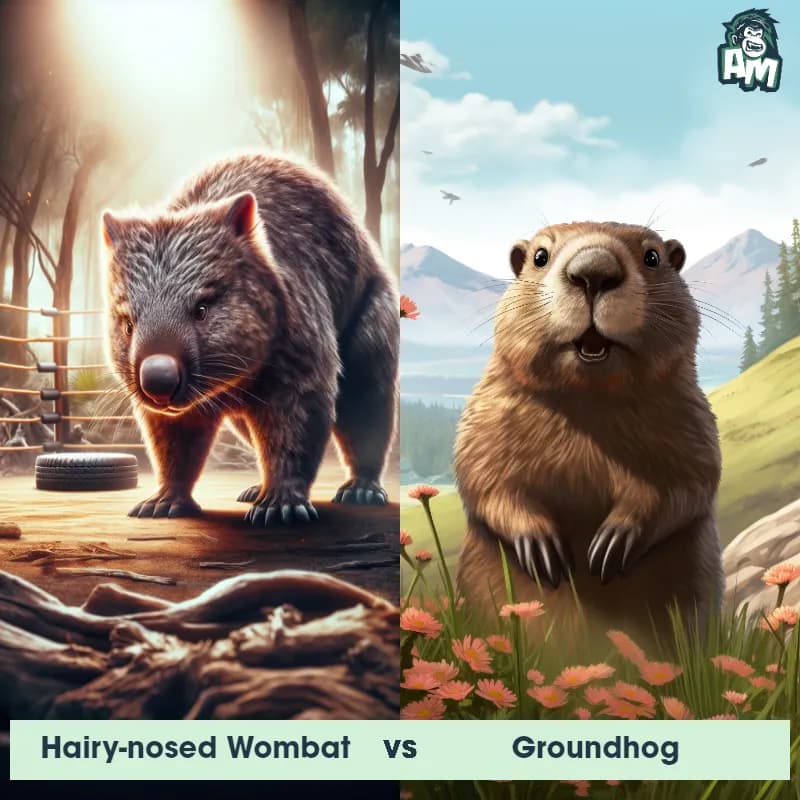
Welcome, ladies and gentlemen, to this epic showdown between the Hairy-Nosed Wombat and the Groundhog! Both animals are known for their tenacity and agility, so we can expect a fierce battle today.
Contender 1: Hairy-Nosed Wombat
The Hairy-Nosed Wombat, also known as the Northern Hairy-Nosed Wombat, is a large marsupial found in Australia. It has a stocky build with short, strong limbs and a broad head. This species is characterized by its distinctive hairy nose and large, strong claws, which it uses for digging burrows. The fur is dense and coarse, ranging in color from sandy-brown to reddish-brown. Hairy-Nosed Wombats are nocturnal creatures and are known for their exceptional digging ability, constructing complex burrow systems that provide shelter and protection.
Fun Fact: The Hairy-Nosed Wombat is one of the rarest mammal species in the world, with estimates suggesting there are less than 200 individuals remaining in the wild.
Contender 2: Groundhog
The Groundhog, also known as a woodchuck, is a rodent of substantial size known for its burrowing habits. Groundhogs possess a stout body, weighing up to 14 pounds and measuring up to 26 inches long. They have a grizzled, grayish-brown fur, short ears, a small tail, and sharp claws which are well-adapted for digging. The Groundhog's diet primarily consists of grasses, fruits, and vegetables, and they are often found in meadows, pastures, and along the edges of woodlands.
Fun Fact: Groundhogs are not only skilled diggers but also efficient swimmers and climbers, surprising traits for their seemingly clumsy build.
Matchup Stats
| Hairy-Nosed Wombat | Groundhog | |
|---|---|---|
| Size | 35 inches (90 cm) | Up to 26 inches long (66 cm) |
| Weight | 55 pounds (25 kg) | Up to 14 pounds (6.35 kg) |
| Speed | 25 mph (40 km/h) | 12 mph (19 km/h) |
| Key Strength | Powerful jaws | Sharp claws for digging and defense |
| Biggest Weakness | Limited mobility/agility | Stout body, not built for speed |
Current Votes
Hairy-Nosed Wombat vs Groundhog
See Who Wins
View More Matches
Looking For More?
Similar Matches
Scientific Stats
| Hairy-Nosed Wombat | Groundhog | |
|---|---|---|
| Scientific Name | Lasiorhinus krefftii | Marmota monax |
| Family | Vombatidae | Sciuridae |
| Habitat | Grassland and eucalyptus forest | Meadows, pastures, and edges of woodlands |
| Geography | Australia | North America |
| Diet | Herbivorous, mainly grasses and roots | Grasses, fruits, and vegetables |
| Lifespan | 10 years - 15 years | 3 years - 6 years |
Key Differences between Hairy-Nosed Wombat and Groundhog
- Behavior: Hairy-Nosed Wombats are solitary, nocturnal animals that burrow extensively underground for shelter, while Groundhogs are diurnal and known for their above-ground burrows, which can be identified by the large piles of dirt around the entrance.
- Ears: The Hairy-Nosed Wombat has large, rounded ears that are more visible on top of its head, while the Groundhog has smaller, rounded ears that are closer to the sides of its head.
- Fur: The Hairy-Nosed Wombat's fur is longer and coarser, with a distinct coloration ranging from sandy brown to grey, while the Groundhog's fur is shorter and softer, typically brown or grey in color.
- Nose: The Hairy-Nosed Wombat has a large, fleshy nose covered in fine hairs, which is a key distinguishing feature, while the Groundhog has a smaller, more pointed nose.
- Size: The Hairy-Nosed Wombat is significantly larger, measuring up to 40 inches in length and weighing up to 88 pounds, while the Groundhog is much smaller, typically measuring around 20 inches in length and weighing about 13 pounds.
- Habitat: Hairy-Nosed Wombats are found exclusively in Australia, primarily residing in dry, sandy areas, while Groundhogs are native to North America and can be found in a variety of habitats, from forests to grasslands.



